Basil is an absolute blessing to have in the garden, so it makes sense you would want to improve the chances of a big harvest. Companion planting basil with the right friends can increase your harvest and keep your plants healthier than ever.
Basil is fragrant and useful and it to me, is a signal of the warmth of spring and summer.
Let’s look at those companion plants you can utilize to increase your harvest of basil, and some to keep well away from your basil plants.
Perfect Conditions for Growing Basil
Six to eight hours of sunlight a day is a perfect position for basil. The soil pH should be between 6.0 to 7.5. Soil should also be nice and moist and free draining. Sandy, dry soil will cause the basil to become stressed.
The best-growing temperature is around 70ºF, and night temperatures shouldn’t drop below 50ºF.
Although it’s understandable to want to get basil in as soon as possible, don’t be hasty. Basil needs heat to thrive.
Keep the basil well watered.
Good Companion Plants to Grow With Basil
1. Tomatoes
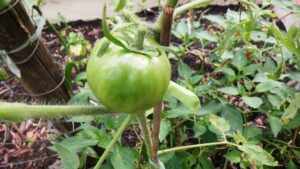
Basil and tomatoes are probably the most perfect companion pairing. Wherever you place either plant, the other will work well and be happy.
I plant basil as a ground cover between my tomato plant rows. Basil produces an intense aroma that tomato hornworms hate and will avoid.
In return, tomato plants keep the soil healthy and in a condition that basil thrives in. Plant as much basil as will fit around your tomato plants.
2. Beets
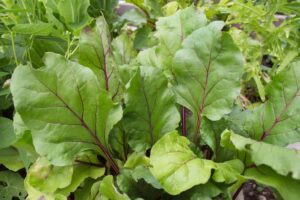
Plant beets first, so that by the time you sow basil, the beets provide the young plants with shade.
Flea beetles love basil but are repelled by beets. Basil will repel pests from the beets, especially if you surround the beets with basil plants like a defensive ring.
3. Peppers
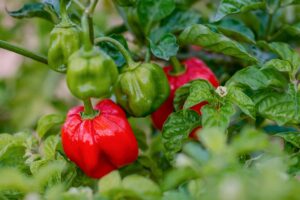
What do we mean by peppers? This could include:
- Bell Peppers
- Chilli Peppers
- Sweet Peppers
Even the hotte
Planting chives with basil encourages the essential oil in the basil plant, giving more aroma and flavor.
The taller basil will provide chives with shade.
5. Rosemary
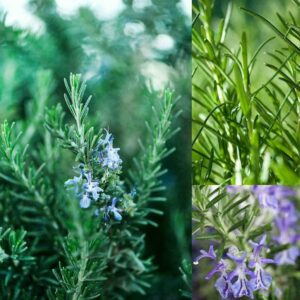
st pepper cultivars attract pests that eat them, especially when the fruit is young. Planting with basil serves two purposes. Basil will act as a natural repellant to many of those pests, resulting in less need to spray, and basil enhances the flavor of peppers, especially sweet varieties.
4. Chives
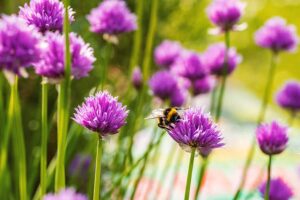
The beauty of chives is they don’t take up much space and require very little maintenance. Chives give off an aroma that repels many pests including the ever-present aphid.
Planting chives with basil encourages the essential oil in the basil plant, giving more aroma and flavor.
The taller b
When you remove the basil at the end of the season, you won’t disturb the hardy rosemary roots.
Allow some basil to go to seed and in the right environment. it will self-seed for the following season.
6. Garlic
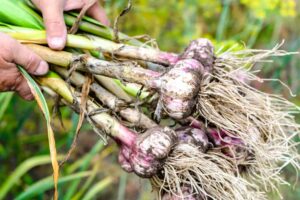
Basil naturally repels many pests but can become overwhelmed at times. If it is heat-stressed, the soil has a lack of nutrients, or there are simply too many pests in one season, it may need a little help.
Try planting basil with garlic to prevent issues like this. Garlic repels many pests that are attracted to garlic like aphids and spider mites.
7. Lettuce
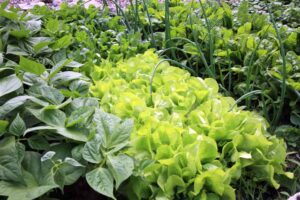
Whenever I think of a summer garden, I usually think of tomatoes, basil, and lettuce. If you are careful you can prevent the lettuce from bolting, and it makes a perfect companion to basil.
Basil enhances the flavor of lettuce and helps to prevent pests such as snails and slugs, which are attracted to the lettuce leaves.
8. Grapes
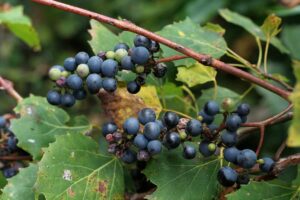
This may seem like an odd combination, and you may not want to plant grapes in your vegetable garden, but you can plant basil under your grape vines.
This works especially well if you have a food forest type of setup. The basil makes a great understory plant for the grapevine, and at the same time, the scent keeps many pests from finding the grapes.
The grapevine provides a little shade to the basil in the heat of the day.
Water well and the deep grapevine roots will get their share.
9. Potatoes
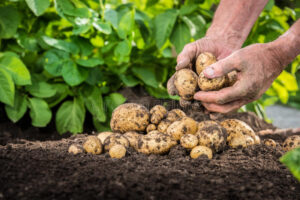
Plant basil within one to two rows of your potatoes. I try to have a row of basil one row from the potatoes on both sides. Basil helps to increase the flavor of potatoes and will repel serious potato pests.
Japanese beetles and Colorado potato beetles don’t like basil, and the scent of basil helps to keep them away, or at least keep numbers to a minimum.
10. Chamomile


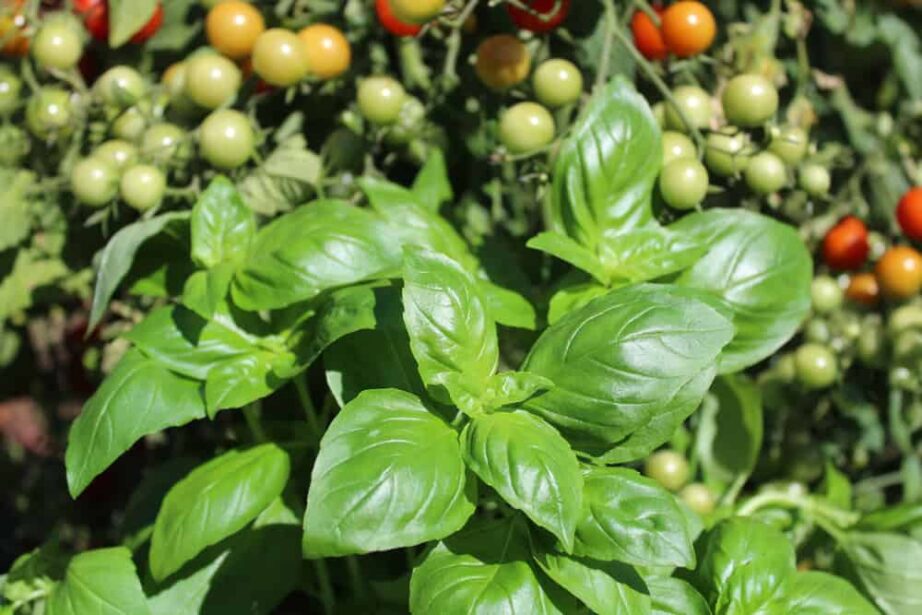
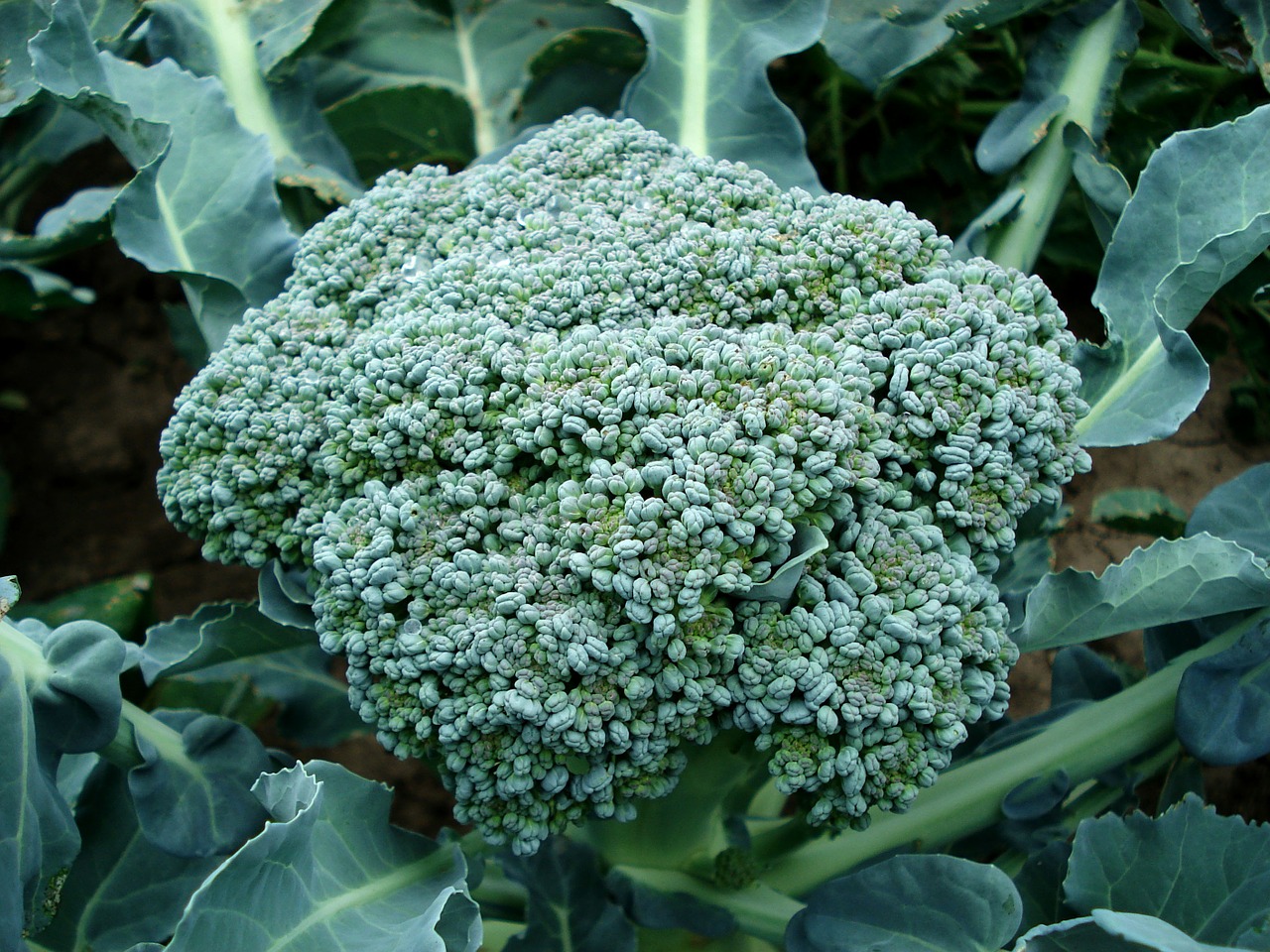
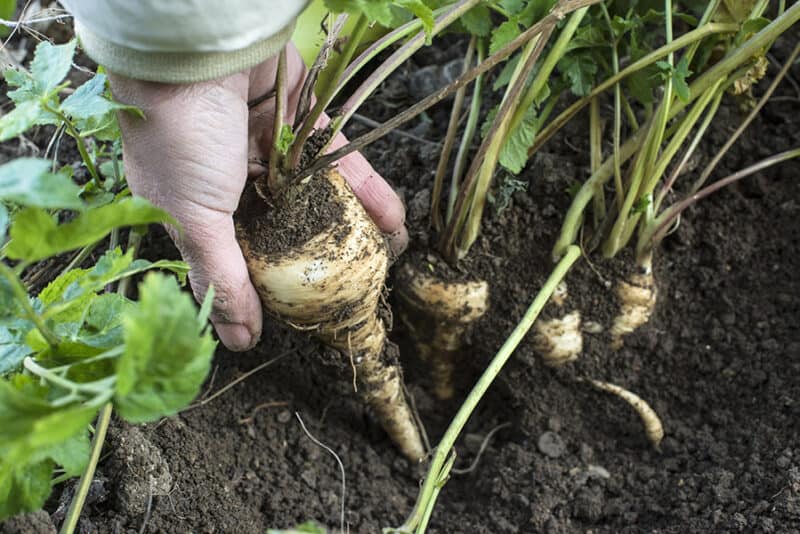
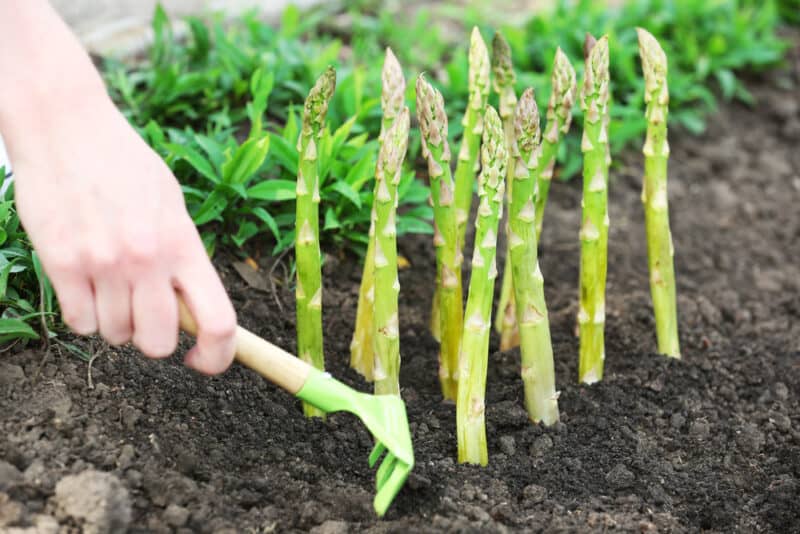
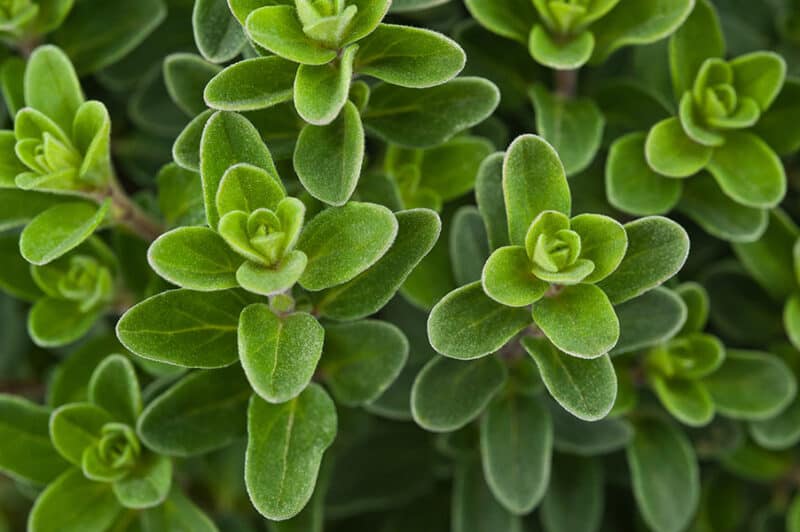
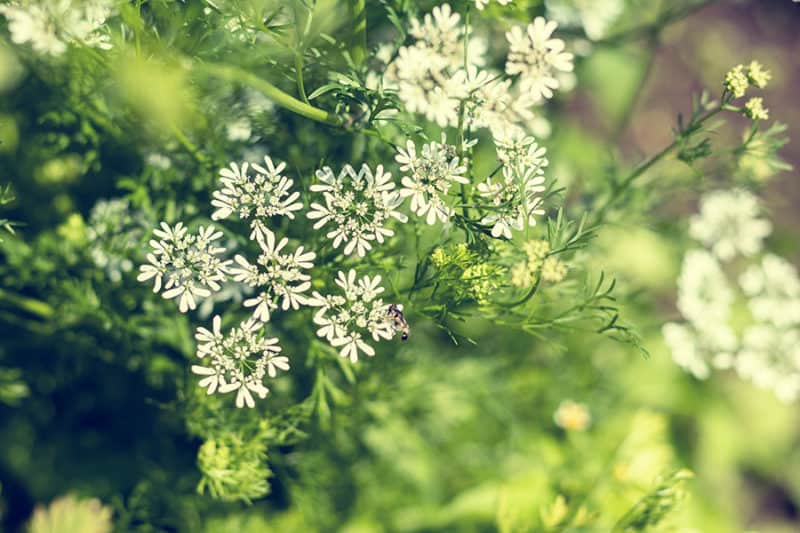
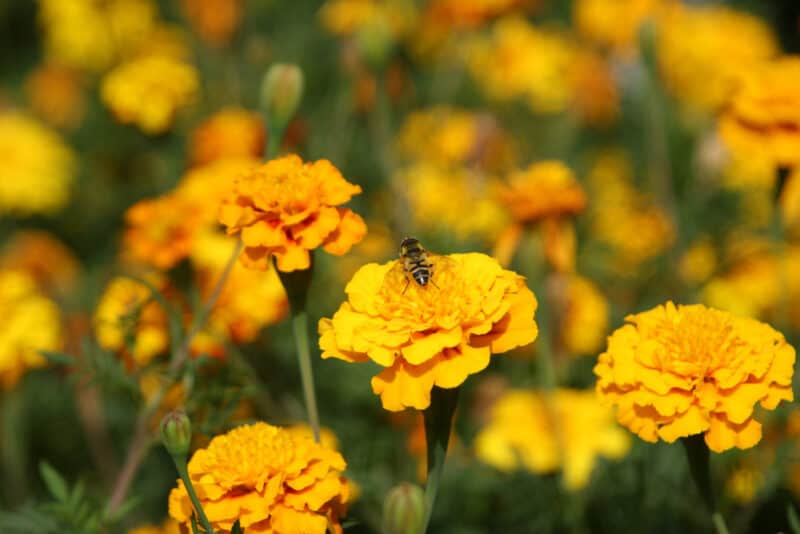
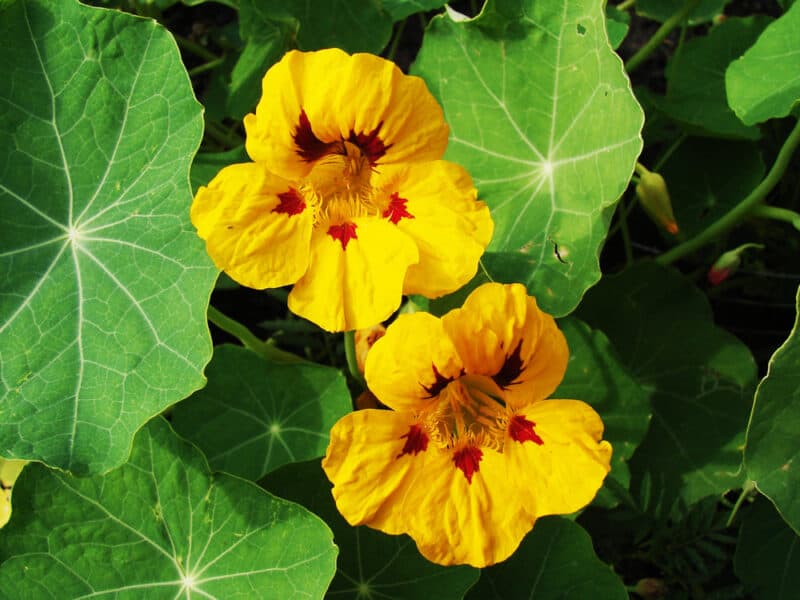
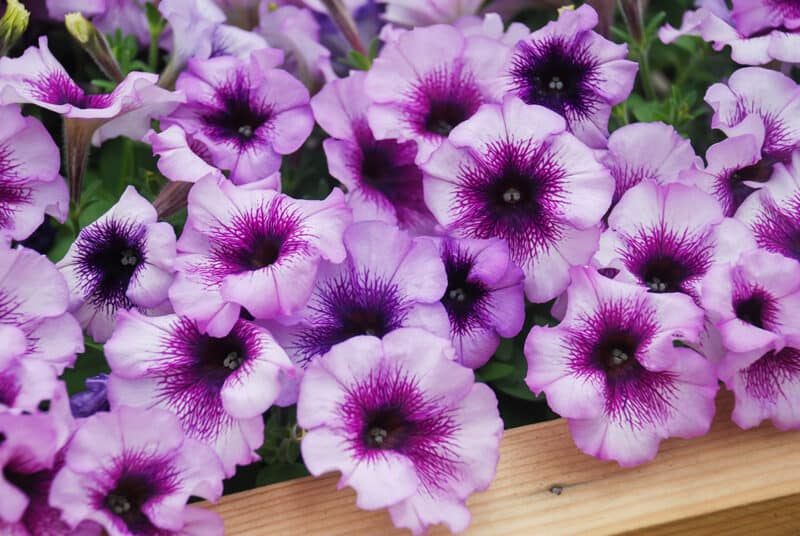

 Any questions or if buying, contact me
Any questions or if buying, contact me
Recent Comments